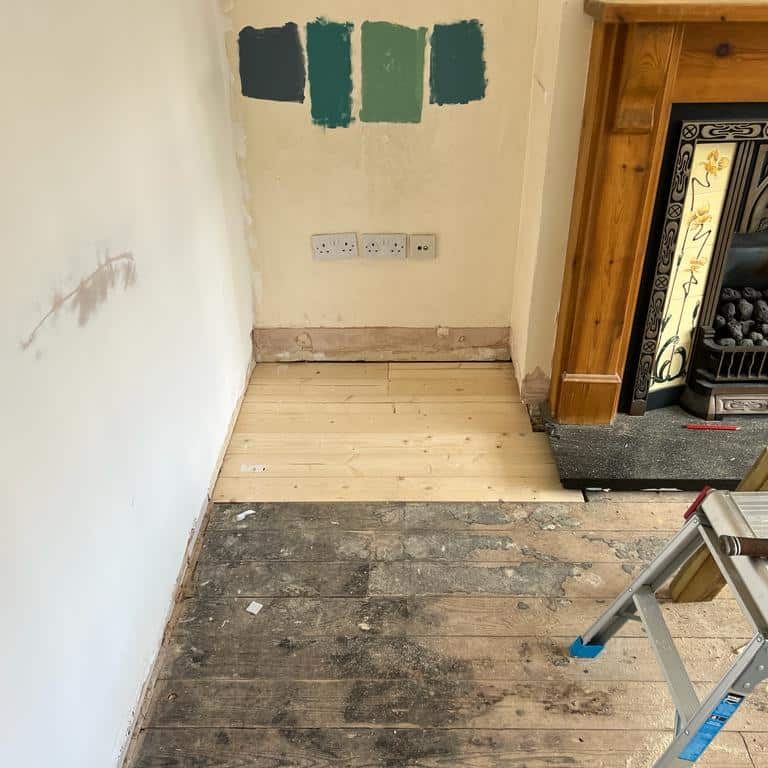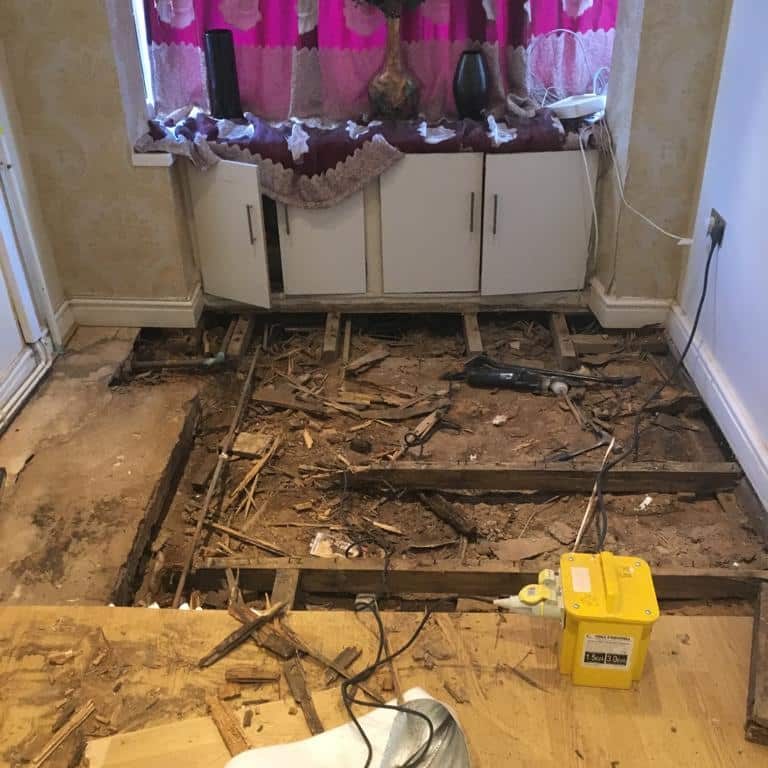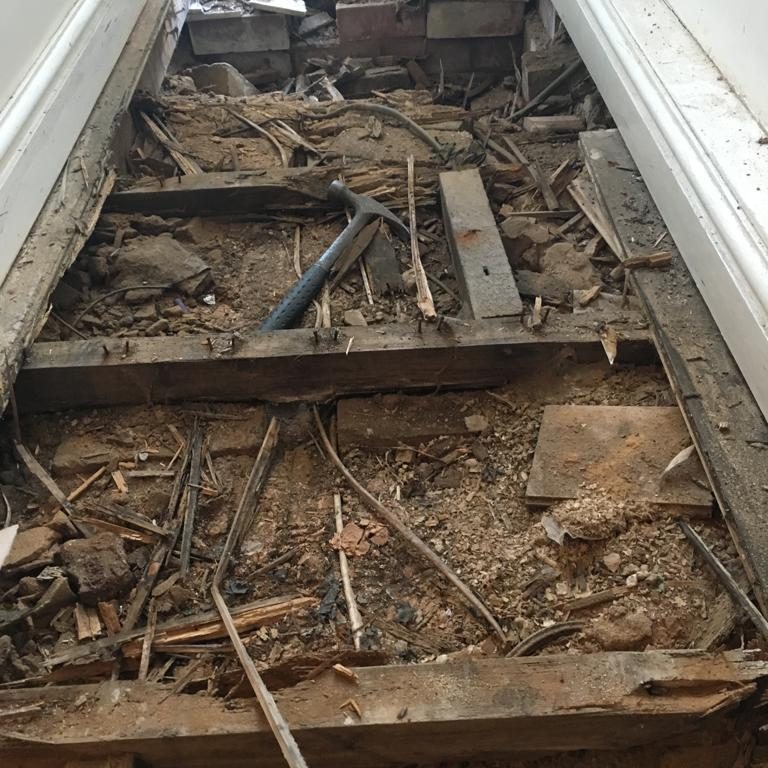The most damaging kind of microbial degradation is dry rot. It concentrates on the wood in buildings and eats the substances that give wood its power.
It can grow without a moisture source because it can produce moisture by breaking down wood. As soon as dry rot begins to develop, the structural integrity of the structure might be seriously compromised.
If you think your Birmingham house could have dry rot, make arrangements as soon as possible for a professional to conduct an examination and provide treatment. Get in contact with us immediately away if you reside in the Birmingham region since if the dry rot is not swiftly diagnosed and treated, all of the affected wood may need to be removed and replaced.
Dry Rot Birmingham
In a Birmingham home, dry rot has four main phases in its life cycle:
Spores - The spores of the dry rot fungus are present in the atmosphere. There is almost always some paperwork left over. Spores require air, moisture (around 20%), and food (timber) before they become active.
Hyphae - The spores begin to form tiny, white tendrils, or hyphae, in damp wood. These hyphae penetrate the surface and cause the wood to rot. They work as cobweb-like threads, absorbing moisture from the timbers-like roots and dispersing it throughout the wood.
Mycelium - These hyphae join together and develop into a single, cotton-like structure called mycelium. Mycelium searches for fresh wood to grow on as it spreads.
Fruiting Body - When the fungus reaches the fruiting body stage, it resembles a mushroom in appearance. The fresh spores that the dry rot fungus produces are transported by the air to different sections of the body as it spreads from the center of the body.


Why do you have Dry Rot in Birmingham?
Although dry rot spores are ubiquitous in the air, problems only occur when the ideal conditions are met for them to flourish. In these conditions, wood that has a 20% moisture content is wet and exposed to the air.
Dry rot, which is often the result of moisture in the wood brought on by some type of structural error, will have a significant negative influence on your Birmingham house. Consequently, the following elements typically cause dry rot in homes:
- leaky downpipes and gutters
- overflowing moisture
- a lack of ventilation
- rising damp
How to Identify Dry Rot in Birmingham
Finding Birmingham dry rot can be difficult, especially in the first stages. Mycelium and fruiting bodies are the most obvious symptoms of dry rot later in the life cycle.
Some probable indications of dry rot include the following:
- A delicate, fluffy covering of white mycelium covers the wood. Brittle threads might develop inside the mycelium.
- Patches of "skin" that are greyish-white with violet and yellow undertones.
- a fruiting body with a pancake- or bracket-like shape that looks like a mushroom. It has many pores, is often orange in hue, and becomes rusty towards the middle.
- Dust that is commonly seen close to fruiting bodies and is created by red spores.
Are you unsure if the dry rot in your Birmingham home exists? Get in contact with CGT Carpentry for treatment if you notice any dry rot symptoms or smells.

